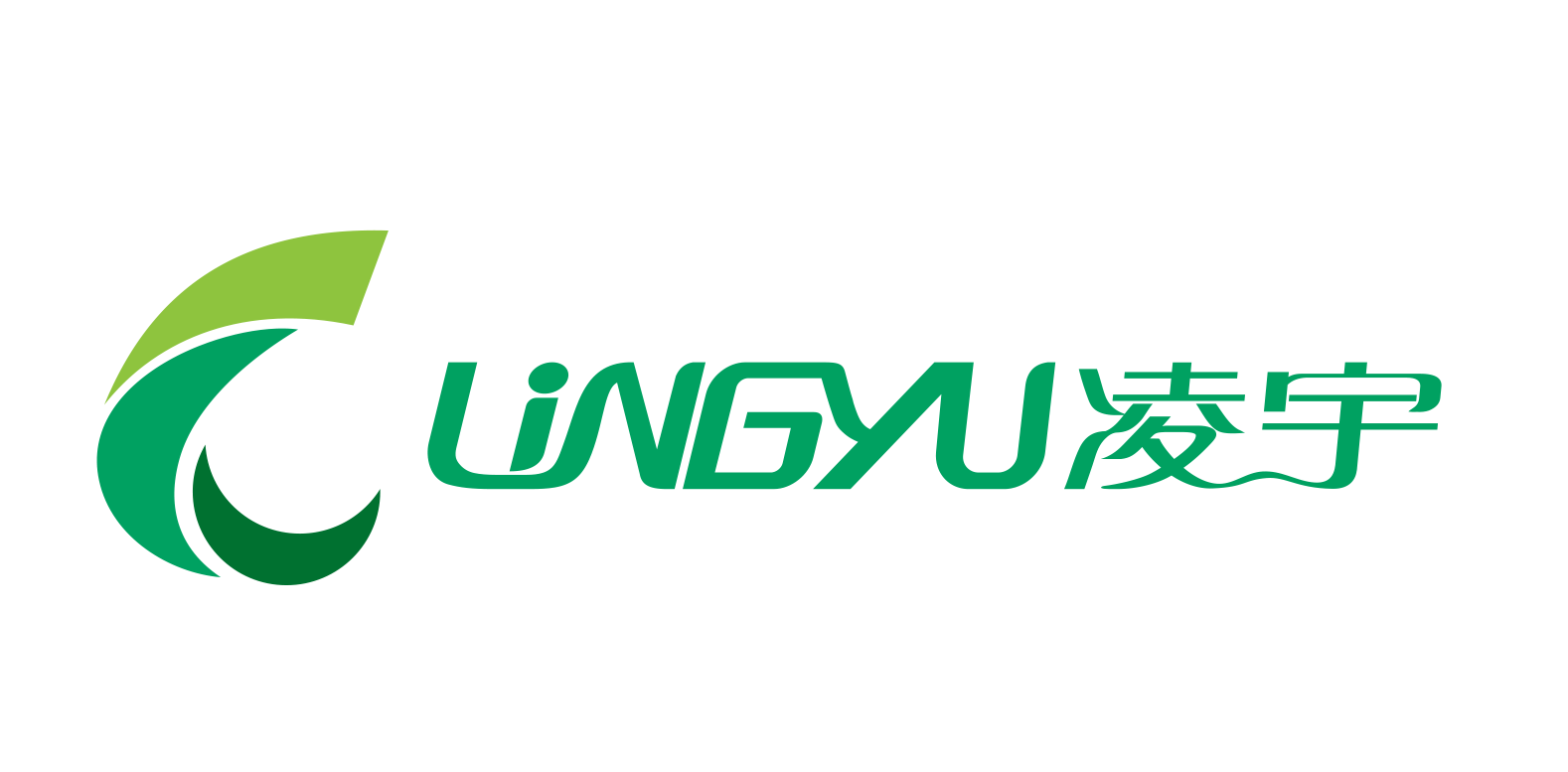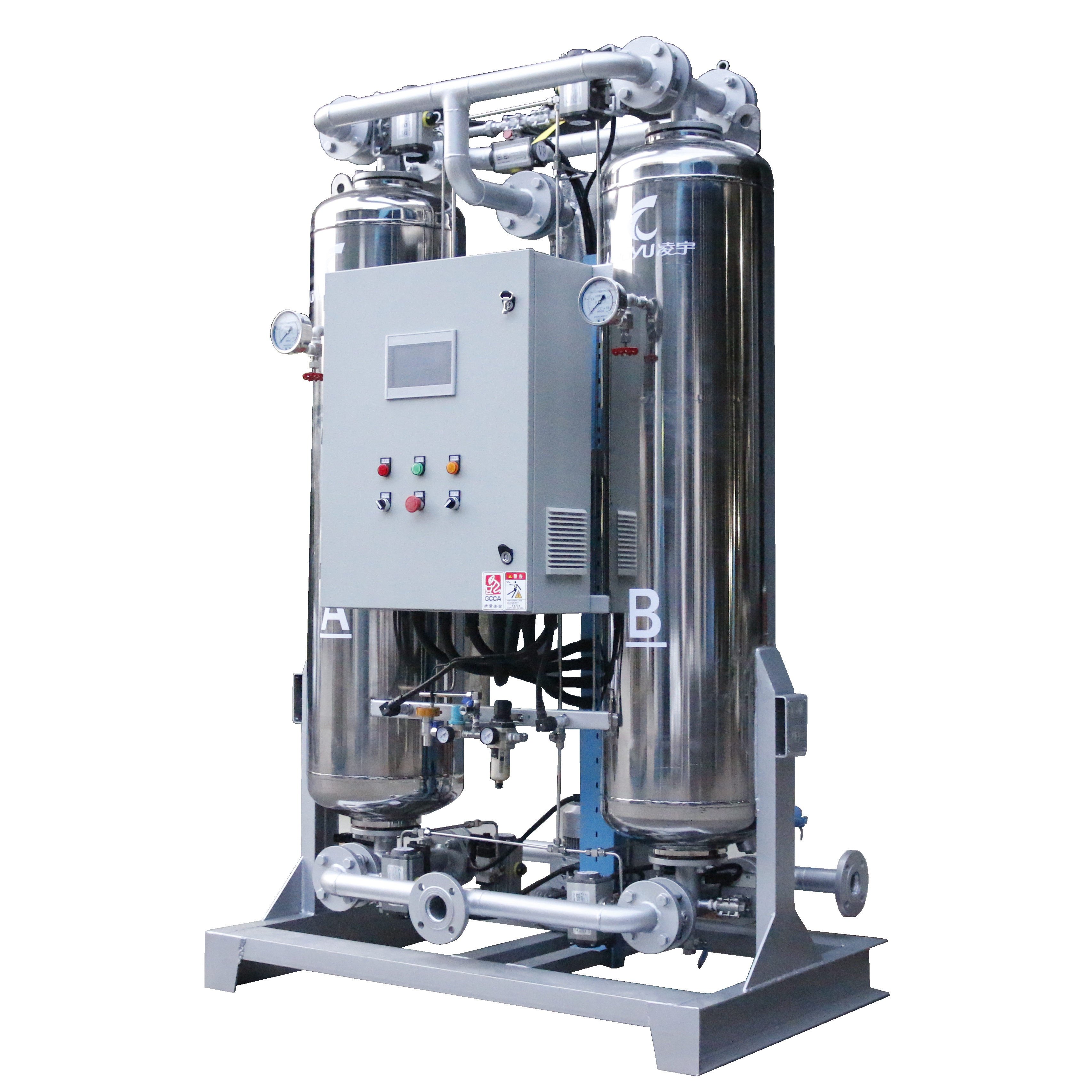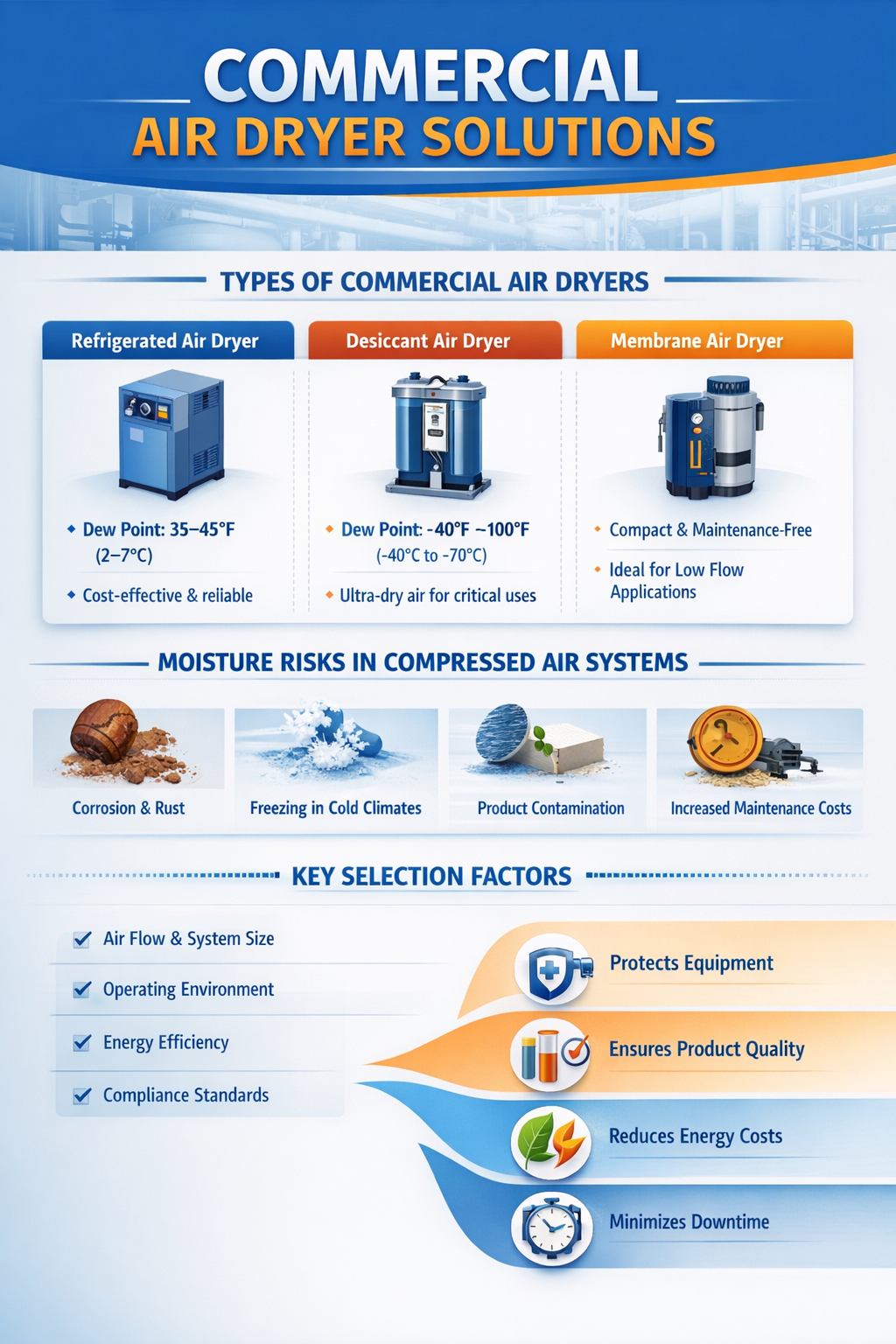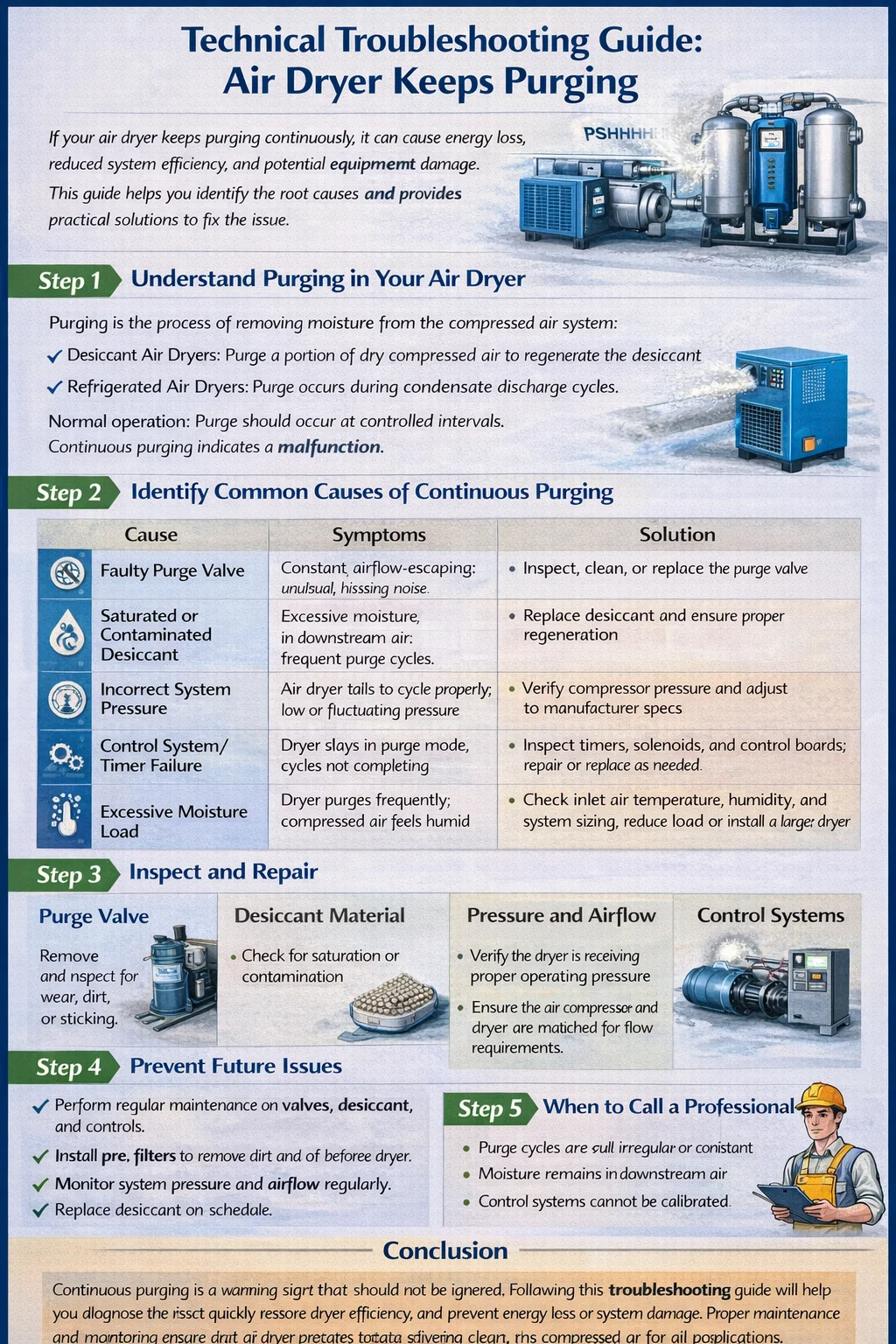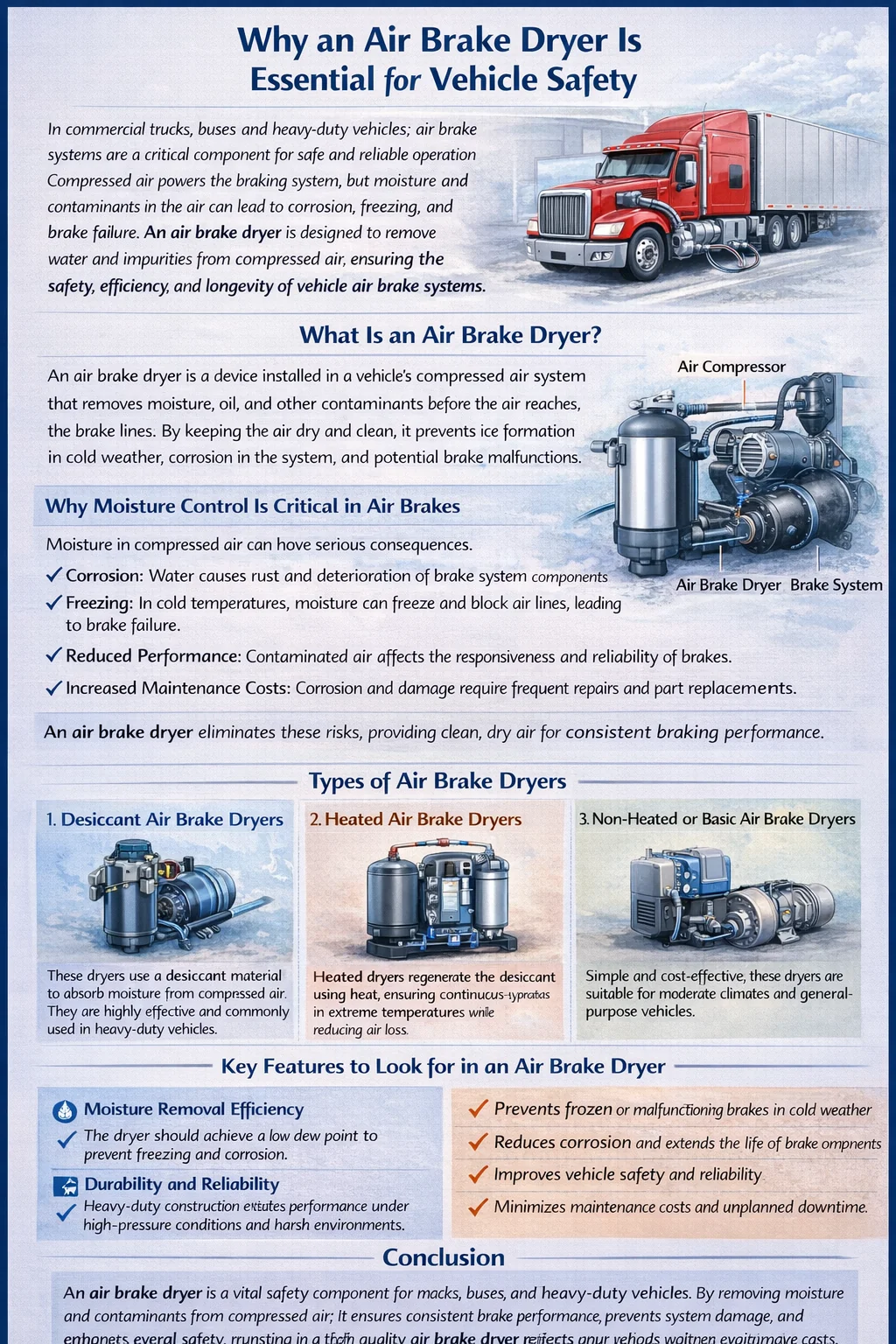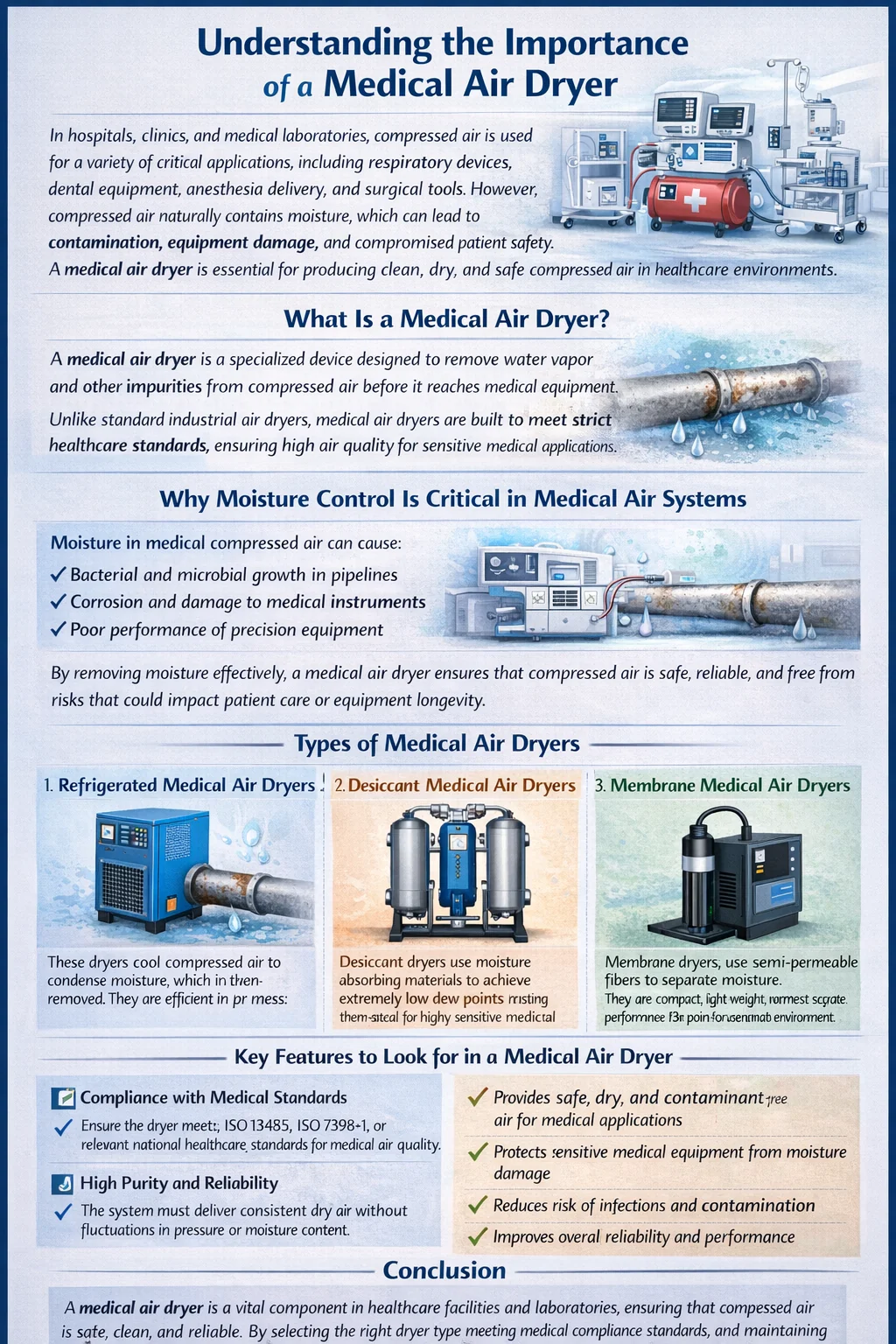Introduction: Why You Need an Industrial Desiccant Air Dryer
Compressed air systems are the backbone of countless industrial operations. But one invisible enemy threatens their efficiency: moisture. Water vapor in compressed air causes corrosion, shortens equipment lifespan, and leads to costly downtime.
This is where the industrial desiccant air dryer comes into play. Designed for heavy-duty environments, it removes virtually all water vapor from compressed air, delivering ultra-dry, clean air with dew points as low as -40°F or even -100°F.
If your processes demand dependable air quality — whether in pharmaceutical manufacturing, electronics, food processing, or automotive coating — an industrial desiccant air dryer is essential.
What Is an Industrial Desiccant Air Dryer?
An industrial desiccant air dryer is a device used to remove water vapor from compressed air through the process of adsorption. It uses a drying agent (desiccant), typically activated alumina, silica gel, or molecular sieve, to capture and hold moisture molecules from the air stream.
Types of Industrial Desiccant Air Dryers:
Heatless Desiccant Dryers – Regenerate using a portion of dried air. Simple and widely used.
Heated Desiccant Dryers – Use external heaters for regeneration, reducing purge air loss.
Blower Purge Dryers – Use ambient air via a blower and heater to regenerate the desiccant.
Each type offers advantages depending on your application, energy usage goals, and air quality requirements.
Key Benefits of Using an Industrial Desiccant Air Dryer
✅ Ultra-Low Dew Points
Achieve pressure dew points of -40°F / -40°C or lower, preventing condensation even in sub-zero environments.
✅ Protects Equipment
Dry air prevents rusting of pipes, sticking of valves, and contamination of end-products.
✅ Ensures Product Quality
Ideal for industries where moisture contamination can affect coatings, packaging, or chemical reactions.
✅ Energy-Saving Options Available
Heated and blower purge models optimize power consumption while maintaining performance.
✅ Designed for Continuous Operation
Most industrial desiccant air dryers are built for 24/7 uptime in harsh environments.
Common Applications of Industrial Desiccant Air Dryer
An industrial desiccant air dryer is a critical component in:
✅ Pharmaceutical and biotech production lines
✅ Food and beverage packaging plants
✅ Chemical processing systems
✅ Paint booths and powder coating units
✅ Electronics and semiconductor cleanrooms
✅ Laboratories and medical air supply systems
✅ Automotive and aerospace assembly lines
Wherever clean, ultra-dry air is required, desiccant air dryers deliver consistent, reliable results.
Technical Features and Specifications
| Feature | Specification |
|---|---|
| Air Flow Capacity | 100 – 10,000+ SCFM (customizable) |
| Dew Point | Down to -100°F (-73°C) |
| Inlet Air Temperature | 35°F – 120°F |
| Inlet Pressure | 4 – 10 bar (adjustable) |
| Desiccant Type | Activated alumina / molecular sieve |
| Control Panel | PLC / Touchscreen with alarm indicators |
| Regeneration Type | Heatless / Heated / Blower purge |
| Housing Material | Carbon steel / SS304 / epoxy coated |
🧊 Industrial Air, Perfected – Choose the Right Desiccant Dryer
Want dependable compressed air performance in your factory or production line? The industrial desiccant air dryer from our range offers:
✅ Ultra-low dew points for critical processes
✅ Intelligent regeneration cycles to save energy
✅ Durable construction built to last in tough environments
✅ Modular designs compatible with existing compressor systems
🚀 Don’t let moisture compromise your output. Choose precision, reliability, and performance today!
🛒 Explore Industrial Desiccant Air Dryers
How to Select the Right Industrial Desiccant Air Dryer
1. Determine Flow Requirements
Match the SCFM of your dryer with your compressor output.
2. Consider Operating Conditions
Know your ambient temperature, inlet air temperature, and moisture levels.
3. Choose Dew Point Performance
Critical applications like pharmaceuticals may require -100°F dew points.
4. Select Regeneration Type
Opt for heatless if simplicity is preferred, or blower purge for energy efficiency.
5. Plan for Maintenance Access
Make sure the unit fits your space and allows service access.
Maintenance Tips for Long-Term Performance
🔧 Check filters and desiccant beds every 3–6 months
🔧 Replace desiccant annually or per usage conditions
🔧 Verify dew point readings through onboard or inline sensors
🔧 Inspect valves, drain traps, and heaters routinely for wear
Regular maintenance helps extend dryer life, reduce pressure drops, and maintain energy efficiency.
Frequently Asked Questions (FAQ)
What is the purpose of an industrial desiccant air dryer?
To remove water vapor from compressed air using a desiccant material and deliver dry air suitable for sensitive industrial applications.
What is the difference between refrigerated and desiccant air dryers?
Refrigerated dryers remove moisture through condensation and are ideal for general use. Desiccant dryers use adsorption and achieve lower dew points for critical applications.
How long does the desiccant material last?
Typically between 1–2 years, depending on air quality and dryer usage.
Can desiccant air dryers run 24/7?
Yes, industrial models are built for continuous operation in demanding environments.
Is a pre-filter necessary?
Absolutely. A pre-filter removes oil and particulates to protect the desiccant and extend its lifespan.
Conclusion: Trust Industrial Desiccant Air Dryers for Superior Air Quality
When precision matters, don’t compromise. The industrial desiccant air dryer provides ultra-dry, reliable compressed air across a wide range of industries and applications. With a robust design, smart control features, and long-lasting desiccant beds, these dryers ensure your systems remain moisture-free and efficient.
Upgrade your air system today with an industrial solution trusted by manufacturers worldwide.
Related products:
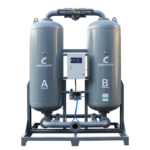
2, Minimum regeneration gas consumption
3. Long service life of adsorbent
4. Easy maintenance
5. High safety
6. High reliability
7.Adjustable regeneration gas consumption
8. Optional dew point monitoring and control system
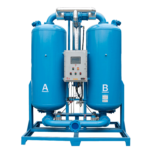
2. Resists chemical corrosion and extends service life
3. Special sealing technology prevents flammable gases or dust from entering theinterior of the machine
4. Regeneration gas consumption can be adjusted, with energy saving and dewpoint adjustment function
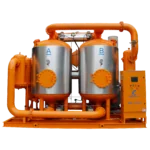
2, Customized high-performance adsorbent, 20% filling margin;
3. Branded high-pressure blower, high-performance pneumatic valve, high-efficiency cooler designed by HTFS software, reliable performance and long life;
4. 304 stainless steel control gas pipeline, specially designed diverter, highadsorbent utilization rate and low gas pressure loss;
